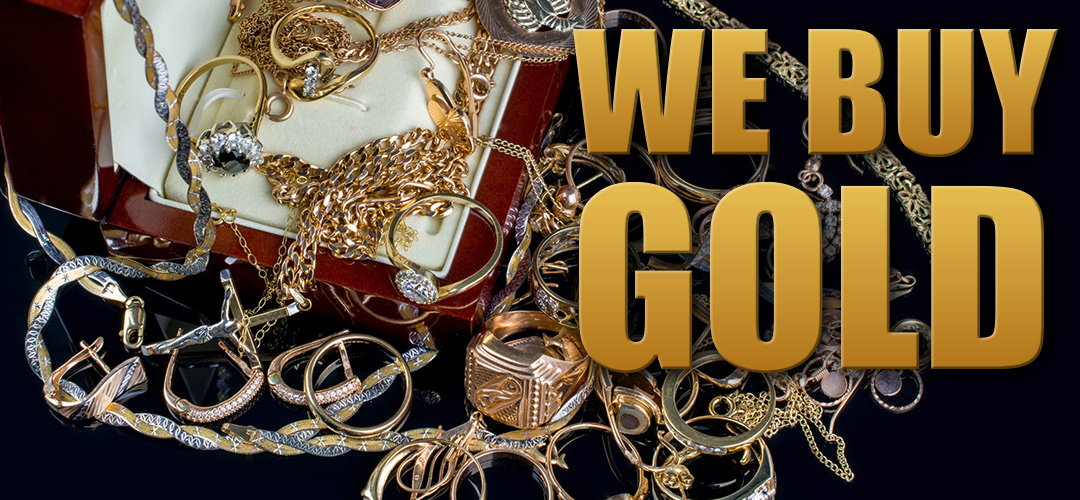Tracing the Process of Gold from Raw Material Mining to Commerce Delivery
Wiki Article
Au has been a valuable commodity for thousands of years, treasured not only for its lustre but also for its usefulness in various fields. The journey of gold begins with raw material recovery, a methodology that involves mining. Miners hunt for gold veins in the earth, which can be found in different configurations such as nuggets or grains combined with other minerals. There are several methods of mining, including placer mining and hard rock mining. Placer mining involves searching for gold in riverbeds, while hard rock mining requires digging deep into the ground to remove gold-bearing rocks. Both methods can be work-intensive and require careful preparation to be successful.
Once the ore is removed from the ground, it must be refined to separate the gold from other components. This procedure usually starts with pulverizing the ore into small pieces, making it easier to manage. After breaking, the ore is processed with reagents to leach the gold. One common technique is using cyanide, which attaches to gold and allows it to be recovered from other minerals. This step is essential because it increases the refinement of the gold and prepares it for further processing. The remaining substances are discarded as tailings, which must be managed properly to avoid environmental harm.
After the gold is removed from the ore, it goes through purification to achieve a higher level of quality. This step often involves melting the gold at intense temperatures to remove contaminants. Various why not try this out procedures can be used for refining, including electrolytic refining and oxidative refining. Electrolysis uses electrical currents to separate impurities from clean gold, while cupellation involves exposing gold in a refining furnace that removes unwanted impurities. The final product is typically 99.9% pure gold, ready for use in jewelry, electronic devices, and other industries.

Once refined, gold is fabricated into ingots or currency before read this being delivered to exchanges around the world. Gold ingots are commonly used by investment firms as a form of reserve asset or monetary reserve. Currency are often crafted for collectors or general use, depending on their design and scarcity. Distribution channels include bulk sellers and vendors who sell gold items to end users. The value of gold changes based on buyer interest and supply conditions, affecting how it is sold and traded globally.
The entire trajectory of gold from raw material recovery to global distribution highlights the challenge of this precious metal's life cycle. Each step requires care and knowledge to ensure that the final product meets quality standards and addresses client demands. Understanding this journey not only illuminates how precious materials are procured but also draws attention to the importance of environmentally sound mining that protect both stakeholders and the biosphere. As the appetite for gold continues around the globe, recognizing this path ensures that we appreciate its role beyond mere visual appeal, affirming its contribution in our economy and human experience.